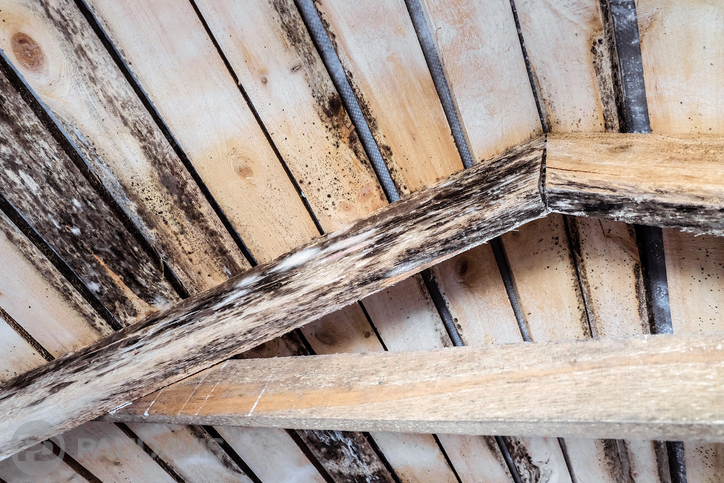
When we experience coughing, congestion and throat irritation during a humid summer and fall, can we blame the symptoms on mould? It’s a question everyone asks at this time of year and even a casual search of the internet reveals qualified experts who disagree significantly. The bottom line: health effects vary according to the type of mould, the amount of mould and the health profile of the person exposed to it.
The presence of mould may not cause immediate health problems such as eye irritation, wheezing, shortness of breath, fatigue, headaches and difficulty concentrating (reassuringly, government scientists have found little evidence that mould causes unusual illnesses like lung bleeding or memory loss). Because mould is a normal part of any environment – spores are literally everywhere except for specially disinfected areas like clean rooms and sterilized medical equipment – humans have lived in relative harmony with the presence of mould spores as long as our species has roamed the planet. Most people have little reaction when they encounter small numbers of mould spores, as we do all the time wherever we live.
Mould does become a problem when there is too much of it for our personal immune systems to handle. That critical level is different for everyone. A young healthy person may tolerate those same exposures without a problem. Conversely, low levels of mould may seriously affect people with existing health problems like asthma or allergies and those with compromised immune systems such as the elderly, infirm or very young. A person’s tolerance level changes, too: someone unaffected by a small amount of mould while healthy may experience symptoms when fighting a cold, for instance.
Mould also becomes problematic where more dangerous strains of mould colonize spaces. These types – and only a few of the hundreds of species are considered dangerous - produce higher levels of mycotoxin, which is a byproduct mould produces as it grows and spreads.
With all the conflicting and changing advice about the health effects of mould, what’s the best approach to treating it in commercial and residential spaces? Nearly all experts agree on what to do. For areas bigger than the size of a small table, or approximately a one-meter-square patch, hire a professional to remove it thoroughly and ensure it does not return. These technicians also must resolve the humidity issue that caused mould in the first place.
Concerned about existing mould and whether it could cause health problems for your staff or family? Wondering if mould might be the source of recent health challenges? The experts at Paul Davis are ready to help.
